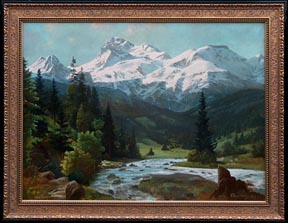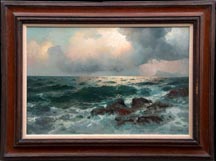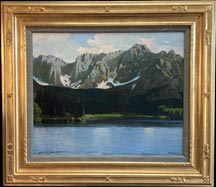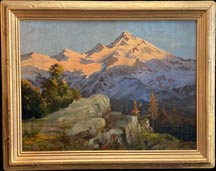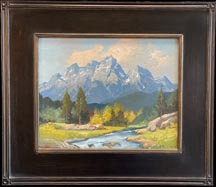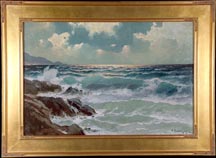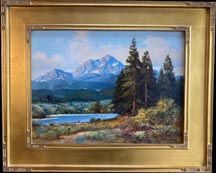As the Nazis invaded his native land, he was assigned to communications in the Yugoslav army. In 1941, most of his unit was taken prisoner, but Alex escaped, fleeing back to his young wife Lenka and his eight year old daughter Jelena.
War caused extreme hardships on the Serbian people and Alex and his young family were no exception. He had to give up his prosperous portrait studio. To survive, Alexander, Lenka, and Jelena hoped to lie low near the home of his parents in Stari Becej. But as the Nazis dominated Yugoslavia, Alexander received advance warning that he was to be arrested and shipped to Norway or to the Russian Front, where he would probably meet his end in forced labor. He fled with Lenka and Jelena to Belgrade, and there signed contracts to work in Germany. While traveling to Germany, the family escaped again, finding their way to Vienna where Alex found work as a housepainter. His skill with a brush was was not to be hidden, and he was fortunate to supplement his house painting by restoring murals and doing some commissioned pieces. He welcomed this work, for it fed and protected his family until the end of the war.
After the war, he made his way from Vienna back to Yugoslavia, and then on to Italy. There, he reestablished his peacetime career and reputation as an artist. He made contacts with the Orthodox Church in the US, and, in 1949, was able to bring his family to America. In America, he initially occupied himself with ecclesiastical art, painting in Orthodox churches in Pennsylvania, Ohio, and Wisconsin. By 1952, he vacationed in the West, and began painting landscapes. |
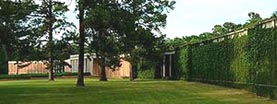
Major Exhibition, Shreveport, LA
Louisiana's Norton Art Gallery and Museum
Alex Dzigurski: Poet of the Land and Sea
April 27 - August 01, 2010
|
After his European beginnings and having survived the war, Alex was thrilled with his new life of freedom and opportunity. Many times he said that the majesty of the scenery he painted was a metaphor for the freedom he now enjoyed.
After Lenka died, Alexander lost interest in painting. His long held deep grief finally came to an end through due an unplanned event. He broke his painting arm, and needed medical attention. While in the Stanford hospital recovering, he met a nurse, Dorothy T. Travis, whom he later married.
|
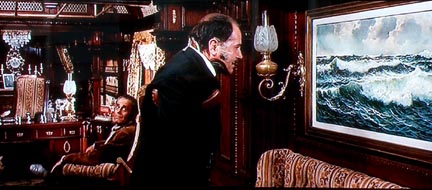
And for movie fans, an Alexander Dzigurski's was used to great effect in Sergio Leoni's 1968 film, Once Upon a Time in the West. In this scene Henry Fonda (Frank) looks on as Gabriele Ferzetti (Morton) speaks of his love of the sea while looking at this captivating Dzigurski painting.
|
